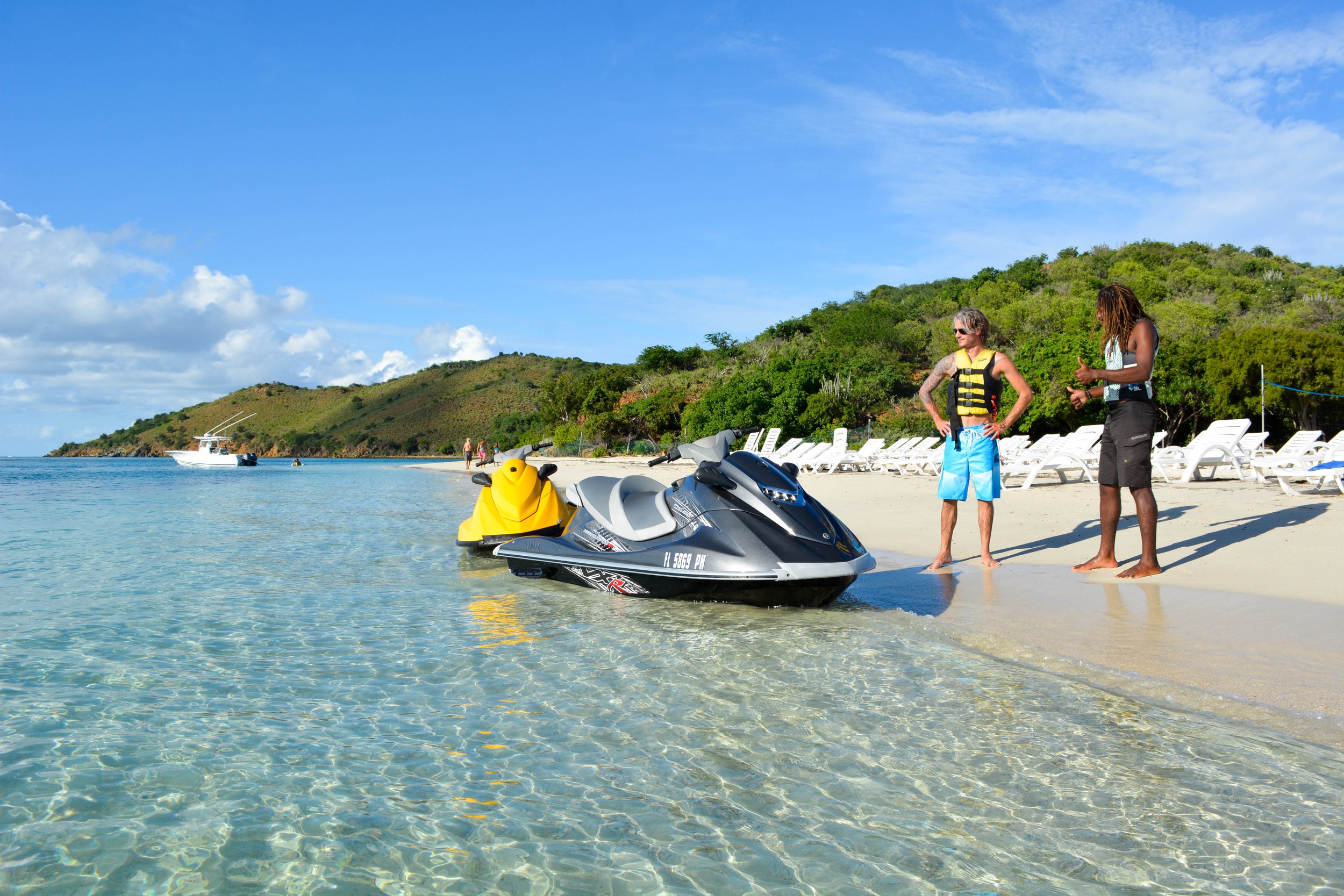
NATIONAL PARKS IN VIRGIN GORDA
EXPLORE
NATURE'S LITTLE SECRETS
Nature, History & Unforgettable Views
Top National Parks in Virgin Gorda
The Baths National Park – A Geological Wonder
Gorda Peak National Park – The Highest Point on the Island
Devil’s Bay – A Hidden Gem Below the Boulders
How to Explore Virgin Gorda’s Protected Lands
Tips for Hikers, Swimmers & Families
Virgin Gorda’s national parks are more than protected land, they’re the island’s soul. From dramatic boulders rising from turquoise water to forested mountain peaks, these places offer some of the most iconic and unforgettable experiences in the British Virgin Islands.
If you're exploring the caves and grottos of The Baths, hiking to the panoramic lookout at Gorda Peak, or swimming in the crystal waters of Devil’s Bay, every path leads to wonder.
Virgin Gorda, British Virgin Islands
The Baths National Park
The most famous natural attraction in the BVI. Giant granite boulders create tidal pools, tunnels, and caves along a pristine beach.
Location: Southwest tip of Virgin Gorda
Activities: Hiking, swimming, photography
Tip: Visit early or late to avoid cruise ship crowds
Entry Fee: Yes (nominal)
Encompassing the beaches and rocky shoreline at the southwestern tip of Virgin Gorda, The Baths is a collection of massive granite boulders as large as 40 foot in diameter, with white sand beaches and secret rock pools.
COPPER MINE POINT
Copper Mine, Virgin Gorda, British Virgin Islands
This prominent landmark dominates Mine Hill, on the cliffs of the southeastern tip of Virgin Gorda.
Is the Copper Mine Ruins free to visit?
Yes, it’s open to the public and free to explore.
How old are the Copper Mine Ruins in Virgin Gorda?
The site dates back to the 1830s, with some evidence of earlier Spanish activity.
How long does it take to visit the ruins?
You can explore the site in 20–30 minutes, but many stay longer to enjoy the view.
Surrounding the Copper Mine ruins there are many granite rock outcroppings, with additional deposits of quartz, feldspars, tin, copper and other clay minerals.
DEVIL’S BAY
Devil’s Bay National Park
A hidden cove just beyond The Baths, perfect for swimming, snorkeling, and escaping the crowds.
Calm waters, soft sand, surreal beauty
Perfect picnic spot
Access via The Baths trail or boat
Devil’s Bay, Virgin Gorda, British Virgin Islands
At the southwestern tip of Virgin Gorda is the picturesque Devil’s Bay. This horseshoe-shaped bay is a welcome sight at the end of the 15-minute hike through dry scrub vegetation and boulders from the car park at the top of The Baths.
SPRING BAY
Virgin Gorda, British Virgin Islands
Located on Virgin Gorda, Spring Bay is east of The Baths in an area known as The Crawl. Spring Bay can be popular with visitors and residents, from land along a palm-lined avenue. Surrounded by an expansive lawn are children’s swings to while away the lazy days of summer that last all year.
Gorda Peak National Park
The highest point in Virgin Gorda is a lush escape with endemic plant species and incredible 360° island views. Gorda Peak
Virgin Gorda, British Virgin Islands
The highest point on Virgin Gorda at 1,370ft; Gorda Peak is located on the northwestern ridge, south of North Sound and north of Soldier Bay. Donated by Laurance Rockefeller in 1974, Gorda Peak is one of the last remaining examples of Caribbean dry forest in the region, which makes it a high priority for conservation internationally.
20-minute hike through tropical dry forest
Instagram-worthy lookout platform
Home to rare lizards, orchids, and hummingbirds
PRICKLY PEAR
Prickly Pear
North Sound, British Virgin Islands
Situated in the North Sound of Virgin Gorda, the bird sanctuary of Prickly Pear is fringed on the northern side by the Bank Barrier Reef, with the islands of Eustatia, Mosquito and Necker nearby.
The island’s slopes are dotted with cacti, such as the turks cap (Melocactus intortus), pipe organ (Pilosocereus royenii) and the prickly pear cactus (Opuntia rubescens) for which the island is named.






